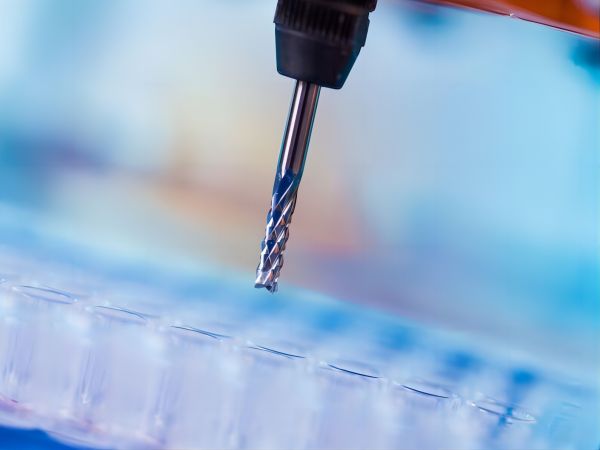Companies around the world use CNC machining technology to create high-quality components from a wide range of materials, including ceramics, wood and composites. Metals and plastics lead the way in mass production, with metals offering a wider range of machinability. Machinists can skillfully tackle metals by adjusting speeds, feeds, tooling and more.
Plastics, however, present a unique challenge. Methods that work for steel, brass, aluminum and titanium struggle to produce the same results. The result is poor surface quality and dimensional inaccuracies that lead to the scrapping of many parts.
Understanding the unique complexities and common pitfalls of plastics machining is critical. In this article, we will cover the considerations there are about cnc machining plastics.
The Challenges of Machining Plastics
In general, the two biggest challenges machinists face when working with plastics are poor surface finish and dimensional variation. Any tool chatter, friction, or poor chip formation can lead to gouges and scratches on the surface of the plastic, which can affect the surface finish.
Any factor that causes the plastic to compress or expand during machining affects the machinist‘s ability to meet accuracy tolerances when the part is returned to its original shape after machining.

Most of the quality problems that occur when CNC machining plastics come from one or more of the following sources:
Poor chip formation: Softer plastics may tend to "flow" around the cutting tool instead of forming chips. Like inserting a finger into wet clay, the plastic simply deforms around the cutting tool rather than breaking. At the same time, harder plastics may fracture unpredictably, especially near the edges, where larger pieces of plastic may break off and leave small cavities.
Clamping Deformation: Stresses applied to plastic parts during clamping can cause them to deform elastically. After the part is machined and released, the plastic part may be out of tolerance when the clamped portion returns to its original shape.
Poor chip evacuation: If plastic chips are not removed quickly from the cutting area, they can "stick" to the chipformers of drilling and milling tools. Poor chip removal reduces cutting efficiency and causes friction, which can rapidly increase the temperature of the surrounding plastic.
Heat Deflection Temperature: Many plastics have a low heat deflection temperature, which causes them to soften rapidly. They can then be easily deformed by clamping, cutting or even gravity.
Thermal Expansion: Polymers can expand much more than commonly machined metals, which causes them to expand and then contract when overheated and may not be able to meet tolerances.
Chemical Reactivity: Different polymers are sensitive to different solvents, which can cause them to dissolve or just swell. Machine shops need to be aware of what chemicals can be used around the polymers they are working with.
Moisture Absorption and Water Retention: Similar to chemical reactivity, some plastics absorb large amounts of water, causing them to swell. Even humidity in the air can cause some plastics to swell beyond tolerance.
Transparency: Transparent polymers, such as acrylic, ABS, and polycarbonate, may haze or fade if processed and left with a rough surface finish. Some polymers are even susceptible to degradation from UV exposure.
It is important to note that certain plastics are more susceptible to certain problems during processing than others. One plastic may have a high moisture retention rate, while another is prone to overheating. Some plastics may even produce toxic fumes when overheated. For this reason, it is important to choose the right plastic for your application.





